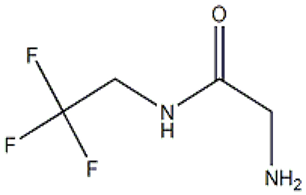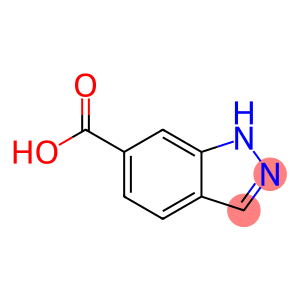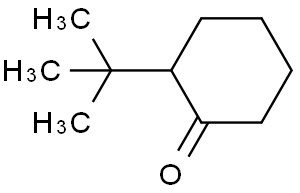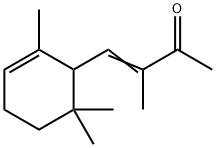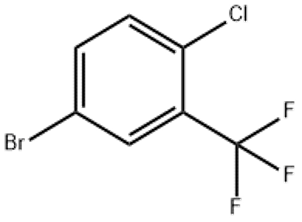Diisobutyl phthalate(CAS#84-69-5)
| Risk Codes | R50/53 – Very toxic to aquatic organisms, may cause long-term adverse effects in the aquatic environment. R63 – Possible risk of harm to the unborn child R62 – Possible risk of impaired fertility R61 – May cause harm to the unborn child |
| Safety Description | S60 – This material and its container must be disposed of as hazardous waste. S61 – Avoid release to the environment. Refer to special instructions / safety data sheets. S36/37 – Wear suitable protective clothing and gloves. S45 – In case of accident or if you feel unwell, seek medical advice immediately (show the label whenever possible.) S53 – Avoid exposure – obtain special instructions before use. |
| UN IDs | UN 3082 9/PG 3 |
| WGK Germany | 2 |
| RTECS | TI1225000 |
| TSCA | Yes |
| HS Code | 29173400 |
| Hazard Class | 9 |
| Packing Group | III |
Introduction
Diisobutyl phthalate, also known as diisobutyl phthalate. The following is an introduction to the properties, uses, preparation methods and safety information of diisobutyl phthalate:Properties: Diisobutyl phthalate is a colorless to pale yellow liquid with an aromatic odor. It has a low density, is insoluble in water, and is soluble in organic solvents such as ethanol and ether.Uses: Diisobutyl phthalate is widely used in plastics, inks and adhesives and other industries. As a plastic additive, it can increase the flexibility, cold resistance, and weather resistance of polymers. As an ink solvent, it is able to improve the viscosity and fluidity of inks.Preparation method: The preparation method of diisobutyl phthalate can be carried out by the esterification reaction of phthalic acid and isobutanol. First, phthalic acid and isobutanol were added to the reaction vessel, and an esterification catalyst was added to carry out the heating reaction. After the end of the reaction, diisobutyl phthalate can be obtained by distillation and purification.Safety Information: Diisobutyl phthalate is generally relatively safe under normal use. It is a flammable liquid and should be avoided from contact with open flames and high temperatures. Proper ventilation measures should be taken when using and avoiding inhalation or skin contact. Appropriate personal protective equipment such as gloves and goggles should be worn when in use. If you accidentally eat or accidentally come into contact with the skin, please consult a doctor immediately.



